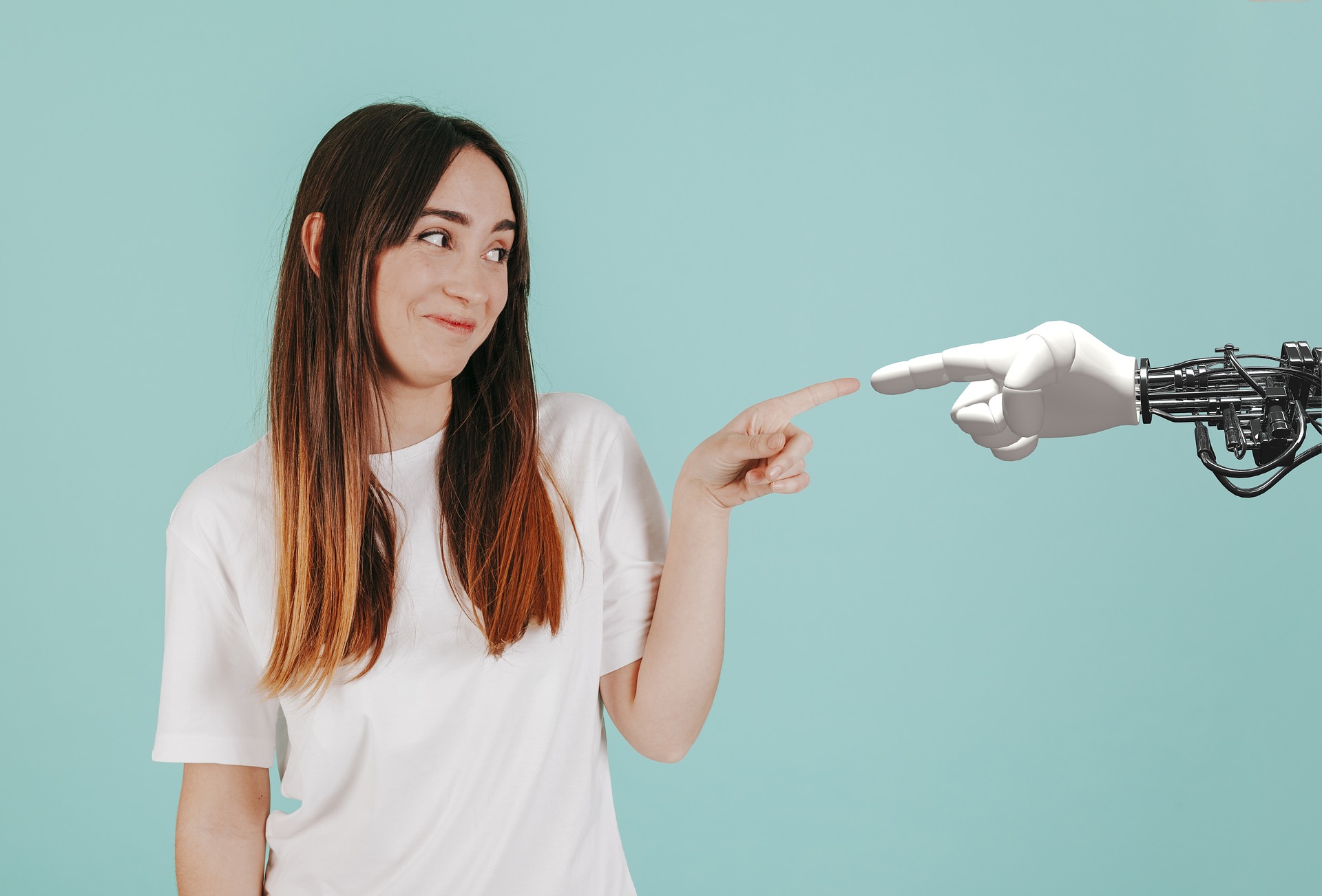Let's start with human intelligence:
Questions about intelligence (without "artificial") can be discussed controversially. Some people can define themselves as intelligent if their performance at school is very good. Others see people as intelligent when they can solve tricky puzzles. Then you hear again and again of various forms of intelligence - emotional intelligence, social or logical-mathematical intelligence. Defining them does not seem to be easy. Even intelligence tests are controversial. Critics argue that the tests do not adequately reflect the various forms of intelligence. In order to be able to master new situations in everyday life, humans need not only cognitive but also emotional abilities. However, these are not included in regular intelligence tests.
Fascination about intelligence has always accompanied humanity, perhaps because it assures us a special position among the living beings. My fascination about artificial intelligence began as soon as I have started reading some literature about AI, since then, I have never stopped thinking about the technological breakthroughs we can experience using this great concept. In a further blog post about the history of AI, we will talk about the contribution of Alan Turing in this field, as well as the first attempts of AI development.
In order to understand what Artificial Intelligence is, definitions are always a good start. In the literature, there are different definitions of the term "artificial intelligence". Artificial intelligence is such a broad filed that it cannot have a single definition.
Several groundbreaking definitions:
- • In 1955, John McCarthy (the father of Artificial Intelligence) said, “the science and engineering of making intelligent machines”.
However, this definition could be relativized by the psychologist Valentin Braitenberg. The so-called Braitenberg vehicle can emulate intelligent behavior with the help of a light sensors and simple electrical interconnections. However, the vehicle did not come from AI research and nevertheless (as defined by McCarthy) could behave as if it had intelligence. - • Elaine Rich describes AI as “the study of techniques for solving exponentially hard problems in polynomial time by exploiting knowledge about the problem domain”.
This definition is always based on the current state of computer science and thus never loses its relevance. - • A more general and widely accepted definition by Marvin Minsky is: "Artificial intelligence is the science of making machines, things that would require intelligence, if done by men."
This definition of AI is based on the characteristics and capabilities associated with intelligent behavior. Examples include problem solving, learning or understanding speech.
Formulating a universal definition of artificial intelligence is everything but trivial.
When someone asks me, what Artificial Intelligence is; I explain it with my own words using small and simple example:
Small children understand relatively quickly what a dog is. How does the learning process works?
While going on walks or reading books with their children, parents will automatically tell their kids which object or animal is currently being watched. In the case of a dog, every time the kid will see a dog, the parents will explain their child that this animal is a dog. The child will automatically learn the characteristics of a dog and will quickly be able to recognize a dog as a dog. The child must not have seen every single dog in the world in order to identify a dog he hasn’t seen before. I can happen that a kid mistakenly refers to a cat while showing a dog, the parents will then correct their child and let him know that this animal is actually a dog.
The same concept applies during the AI training process. In the case of image classification, we provide a blank neural network (like a baby brain with only very basic knowledge) some training examples. In the example of animal pictures, we provide some pictures with their labels. For instance, we prepare some folders with cats and the label cat and dogs and the label dog as training dataset and we start the training process with this data. At some point, when the machine has seen enough dog images, it is able to identify dogs it has never seen before. It means that AI can apply its knowledge to situations it has never seen before.
In a further blog post, we will discuss about the role of the neural networks in AI applications, as well as how the AI software replicates the human brain.
Sources:
Ertel, W. (2016): Grundkurs künstliche Intelligenz – Eine praxisorientierte Einführung, Springer Fachmedien, Wiesbaden.
Hecker, D et al. (2017): Künstliche Intelligenz und die Potentiale des maschinellen Lernens für die Industrie, in: Wirtschaftsinformatik & Management, Ausgabe 5/2017, S. 26-35.
Hennings, R.-D./ Munter, Heinz (1985): Artificial Intelligence, 1. Expertensysteme – Grundlagen, Entwicklungen, Anwendungen, Trends, Konsequenzen, Mathware-Verlag, Berlin.
Kurbel, K. (1989): Entwicklung und Einsatz von Expertensystemen, Springer-Verlag, Berlin Heidelberg.
Schrader, S. (2008): Psychologie – allgemeine Psychologie, Entwicklungspsychologie, Sozialpsychologie, Compact Verlag, München.

